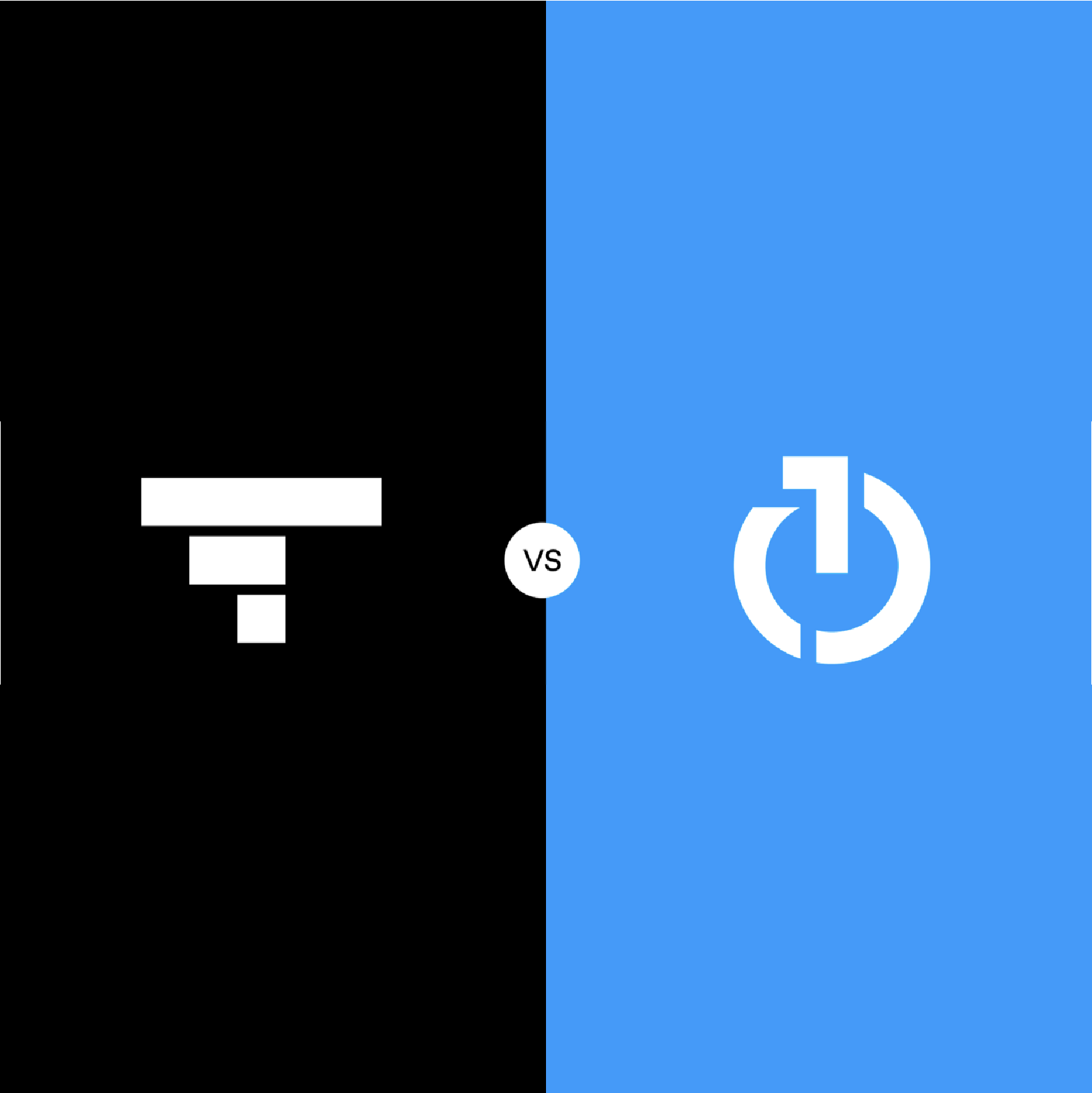
How are TV performance and media-buying impacted in Q4?
As we approach the end of the year, the fourth broadcaster quarter (Q4) is always an interesting period to analyze TV performance and media-buying. Running from beginning of October to end of December, Q4 starts off like other quarters: loads of inventory, good clearance, and softer pricing resulting from the ability to negotiate with networks.
Moreover, the end of Q4, from December 25 and into the two first weeks of January, is the best time to be on TV for non-Christmas intensive businesses. Inventory is loose with abundant firesale opportunities, networks see increased viewership, and Tatari even calculates a 2.4 multiplier on every dollar of spend in this period. In other words, the beginning and end of Q4 are marked by good TV performance and strong media-buying opportunities.
The period between November 1 and December 25 is when most advertisers start wondering whether they need to adjust their campaign budgets. During this time, inventory tightens up and pricing edges up as a result (although these changes are occasionally offset by increased viewership around holidays and some key days, like Thanksgiving and Black Friday). While this can have a negative impact on media-buying, it does not negatively affect all TV advertisers in terms of performance.
Specifically, we looked at TV performance of several clients during Q4 in 2016 to see whether there were any notable market trends. Looking at the graph below, which shows weekly CPV performance, we can see that performance somewhat suffered (i.e. CPV edged up during the period). However, during the week of Cyber Monday, our service-oriented client did worse while consumer-goods clients held steady. This made sense because products of service-oriented companies are usually not a logical fit for special sales days like Cyber Monday.
Therefore, while good performance may be harder to find in middle of Q4 (or at least, TV advertising feels more expensive), results will mostly vary by company. Advertisers have to assess the nature of their product and evaluate whether it make sense to ramp up or scale down on TV spend in this period.

Brad Geving
I'm Head of Media Buying & Ops and I love it when a plan comes together.
Related
What Advertisers Need to Know About TV Sports Advertising in 2026
TV sports advertising in 2026 is being reshaped by streaming, fragmented media rights, and rapidly changing ad prices. This guide shows advertisers where sports audiences live and how to buy across leagues effectively at any budget.
Read more
Why Q5 Remains One of The Most Wonderful Times of Year to Advertise on TV
Q5 isn’t a post-holiday lull—it’s a hidden goldmine where TV CPMs drop, engagement spikes, and smart brands grab premium inventory before the new year hits. Discover why this overlooked week can deliver some of the best performance of the entire season.
Read more
Tatari vs. The Trade Desk: Which Platform Delivers Better TV Buying and Measurement Across Linear, CTV, and OLV in 2025
Tatari and The Trade Desk both enable data-driven TV advertising, but they differ in focus and transparency. The Trade Desk is a programmatic DSP built for digital media, while Tatari is purpose-built for TV buying and measurement across linear, CTV, and OLV. Tatari offers direct publisher access, transparent pricing, and advanced attribution through incrementality and modeled ROAS. For advertisers seeking measurable outcomes and accountability in TV, Tatari delivers the strongest performance and control in 2025.
Read more


